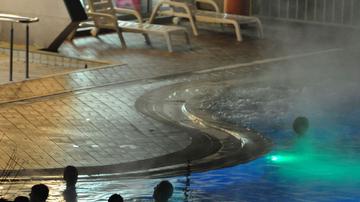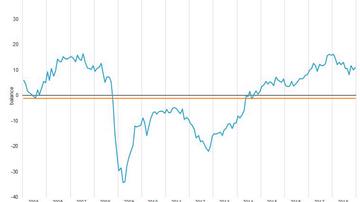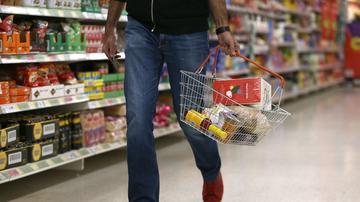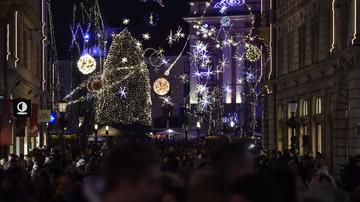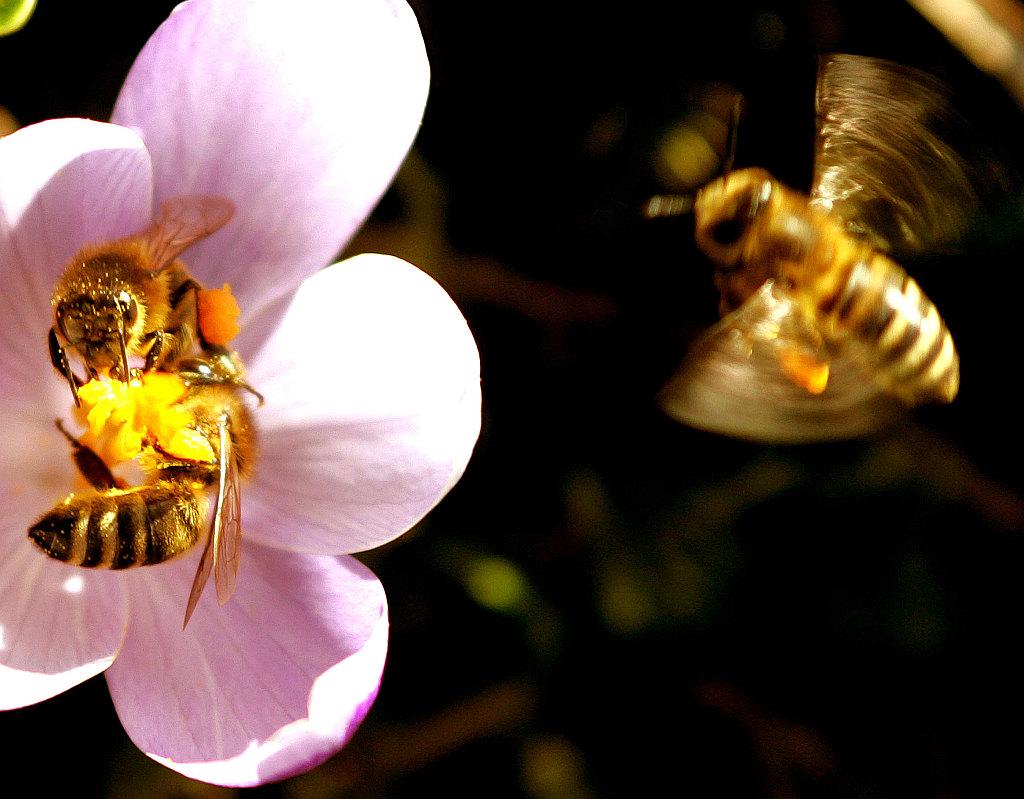
Oglas
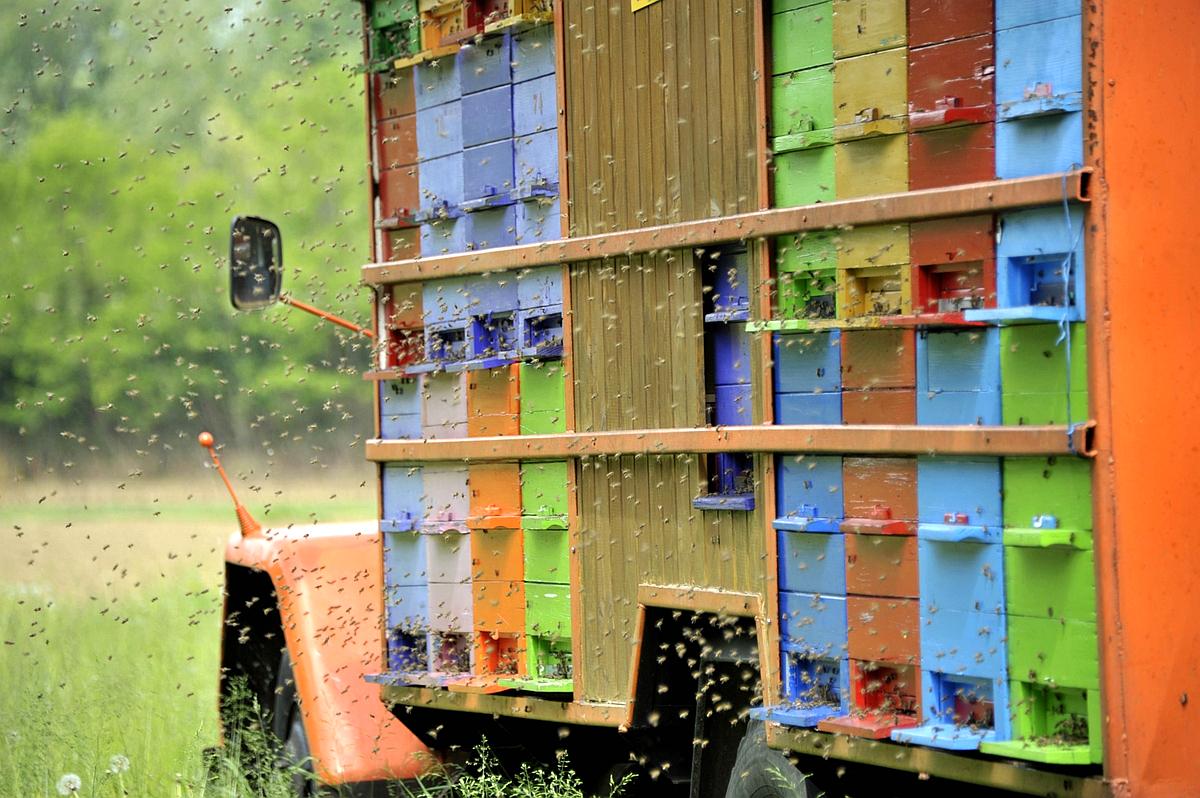
With this release the Statistical Office of the Republic of Slovenia joins the initiative to proclaim 20 May at the World Bee Day. The initiative was presented in the United Nations and in Brussels. It is expected that the day will be proclaimed in Autumn this year and celebrated for the first time on 20 May 2018.
Why 20 May?
On that day over 270 years ago the pioneer of modern beekeeping Anton Janša was born. He was an academically trained painter and beekeeper, the first teacher of beekeeping in Vienna. He wrote two important books in German: in 1771 a discussion on the swarming of honey bees and later on a full guide to beekeeping. The books have been translated into most European languages. Both books contributed several new ideas to the then global beekeeping and debunked many ideas that were incorrect. As a beekeeper, Mr Janša is known for changing the size and shape of hives so that they can be stacked together like blocks. Because he was also an exceptional painter, he was painting the beehive fronts with Carniolan motifs. Most of the beehive fronts painted by him were made in oil showing human weaknesses and secular motifs and ridiculing certain professions.
Honey production in Slovenia varies a lot
In Slovenia honey is produced by more than 10,000 beekeepers. On average, each has 16 beehives. With almost 5 beekeepers per 1,000 population, Slovenia is at the top of the EU-28. Annual honey production in Slovenia varies a lot; in recent years between less than 500 tons and over 2,500 tons of honey has been produced per year. Beekeepers in Slovenia produced 1,298 tons of honey in 2016.
Honey consumption in Slovenia is growing
According to the honey balance sheet, honey consumption in Slovenia is growing. Since 2000, when the estimated honey consumption was just over 1 kg per capita, in recent years it has grown to over 1.4 kg per capita. Honey import is also increasing, since domestic honey production is lower than total consumption. In recent years Slovenia has imported most honey from Germany, and exported most honey to Kosovo and Japan.
Honey production in Europe
According to the latest estimates, there are over 600,000 beekeepers in the EU-28. In 2015 they produced almost 270,000 tons of honey, which is only around 60% of total honey consumption in the EU-28. On average, a beekeeper in the EU-28 had 26 hives. The largest producers are in Spain (on average 103 hives) and the smallest in Ireland (on average 5 hives).
Honey production in the world
According to FAO estimates, in recent years over 1.5 million tons of honey has been produced annually around the world. Production has been increasing the most in Asia, while in Europe it has been falling slightly.
Did you know?
The Carniolan honey bee is native to Slovenia and is one of the most common bee species in the world.
For each kilogram of honey collected, a bee family must visit over 4 million flowers and fly almost 200,000 kilometres (five times around the world). Collecting honey in 2016, bees in Slovenia thus flew over 6 million times around the world.
Beekeeping, which is a traditional agricultural activity in Slovenia, was first mentioned in writing in The Glory of the Duchy of Carniola, an encyclopaedia written by Johann Weikhard von Valvasor and published in 1689. The encyclopaedia contains the first longer presentation of beekeeping in Carniola, the territory of present-day central part of Slovenia. Valvasor writes that “one can see special little houses for bees in this land”.
Aleš Stele, Statistical Office of the Republic of Slovenia





















































